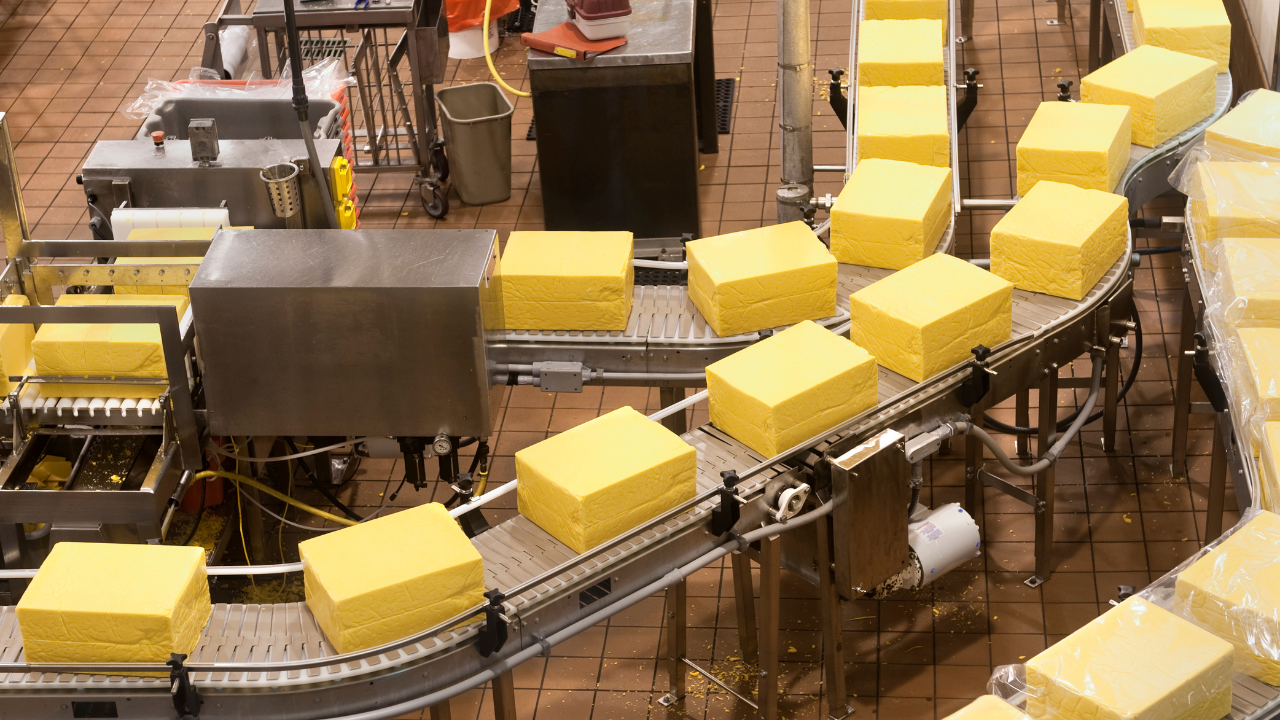Operating Procedures and Considerations for Palletizing Machines
2024-04-12
Palletizing machine play a vital role as essential equipment in modernized logistics and manufacturing industries. Widely applicable across various warehouses and production lines, these machines facilitate rapid and accurate stacking of goods, enhancing storage density and operational efficiency. Despite their numerous advantages, proper operational procedures and maintenance are crucial to ensure smooth functioning and longevity. This article outlines the operating process and key considerations for palletizing machines.


Operating Procedures and Considerations:
1. Preparatory Work:
(a) Confirm Material Information: Before operating the palletizing machine, it is essential to verify the material details, including type, weight, and dimensions.
(b) Prepare Racks: Select suitable racks based on material information and place them adjacent to the palletizing machine.
(c) Connect Power Supply: Ensure stable power supply by connecting the palletizing machine to the electrical source.
(d) Power On: Follow the instruction manual to power on the machine and access the operating interface.
2. Parameter Settings:
(a) Stacking Mode: Set the stacking mode according to material type and stacking requirements, typically vertical or horizontal stacking.
(b) Layer and Column Configuration: Determine the quantity per layer and per column based on material dimensions and weight.
(c) Lifting Height: Adjust lifting height according to rack height to ensure smooth operation.
(d) Speed Parameters: Set speed parameters, including lifting and movement speeds, according to operational needs.
3. Operational Process:
(a) Material Placement: Position the materials on the palletizing machine, allowing the machine to automatically commence stacking based on configured parameters.
(b) Sequential Stacking: Upon completing one layer, the machine will automatically lift to the next layer and continue stacking.
(c) Completion Notification: Once all materials are stacked, the palletizing machine will halt operation and prompt the operator to remove the loaded rack.
(d) Rack Replacement: Shift the loaded rack aside and place a new rack adjacent to the palletizing machine to repeat the process.
4. Key Considerations:
(a) Ensuring Safety: Prioritize safety by wearing appropriate gear and adhering to safety protocols during machine operation.
(b) Material Verification: Confirm material details before operation to avoid equipment malfunction or damage.
(c) Accurate Parameter Settings: Correct parameter settings enhance efficiency and accuracy, preventing operational errors.
(d) Regular Maintenance: Conduct routine maintenance, including cleaning, lubrication, and inspection, to prolong equipment lifespan and optimize performance.
(e) Vigilant Observation: Monitor machine operation closely, promptly addressing any abnormalities or malfunctions by halting operation and seeking technical assistance.
Efficient operation and maintenance practices are essential for maximizing the performance and longevity of palletizing machines. By following proper procedures and considering key factors, businesses can ensure safe, smooth, and productive operations, thereby optimizing warehouse and production line efficiency.